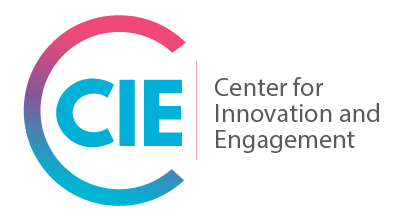Data to care programs can improve data collection across health care systems and help link and engage clients in care. Below are six tips to successfully implement a data to care program at an organization:
Engage stakeholders
Facilitate conversations with leadership, staff, and clients to determine data collection needs and service gaps. Discuss how enhancing data collection processes can refine lists of clients who are not in care and inform outreach, health, and social services. Identify missing data (e.g., race, ethnicity, current gender, care status) and assess any client concerns around participating in data to care programs.
Establish a specific out of care definition
Decide what constitutes an “out-of-care” status. For example, clients who have not completed an appointment with their primary care provider in the past 12 months or clients who have been lost to follow-up as indicated by their providers.
Leverage external data systems and partnerships
Identify opportunities for secure data sharing. Research if and how partnerships have been established to match or share client data with other organizations (e.g., matching clinic data with health department HIV surveillance system). Explore existing data sources such as State Medicaid, CAREWare, STD Surveillance, Viral Hepatitis and Tuberculosis Surveillance Databases.
Uphold security and confidentiality standards
Collect and manage data in accordance with safety and confidentiality protocols. Establish mechanisms to safeguard data and securely share information within and outside of the organization. Consider ethical considerations (e.g., obtaining consent, reducing likelihood of disclosure, risks, benefits, minimize access to personally identifiable and sensitive data).
Incorporate a health equity framework
Determine how a data to care program can facilitate equitable access to health care and social services. Prioritize a “not in care” list for outreach to help address any health disparities the organization has noted (e.g., outreach to gay and bisexual men and other men who have sex with men, Latinx, and transgender clients).
Be intentional with outreach
Identify different tools staff can use to engage clients (e.g., phone calls, texting) keeping in mind client protection and confidentiality. Hire and train people living with HIV to conduct outreach activities using peer-to-peer models.
